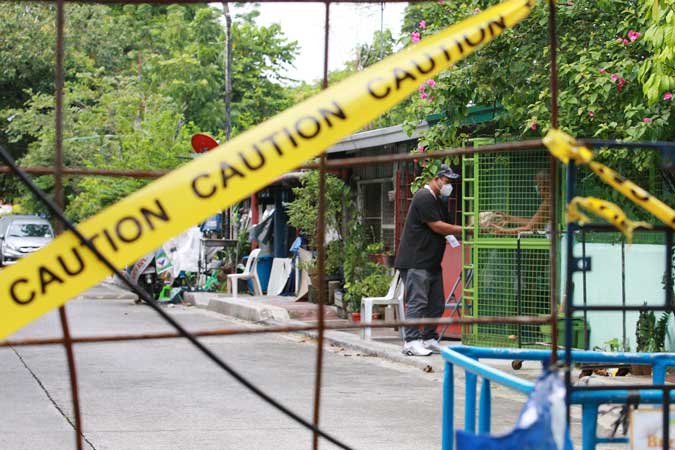Moody’s Analytics trims growth outlook for PHL economy anew

MOODY’S ANALYTICS lowered its growth forecast for the Philippine economy to 4% this year, citing the impact of prolonged restriction measures that were paired with “limited” government support.
“Our forecast now for this year is only for about 4% growth, that’s fairly weak growth compared to the 6-7% growth we’ve gotten used to over the years prior to the pandemic,” Moody’s Analytics Chief Asia-Pacific Economist Steven Cochrane said in an interview with BusinessWorld Live on One News last week.
“Just a couple of months ago, we really thought that we would begin seeing a period of steady quarter-on-quarter growth as different parts of the economy began to accelerate,” he added.
This new projection is lower than the 4.9% gross domestic product (GDP) growth outlook penciled in last month, and is below the 6-7% full-year target of the government.
Moody’s Analytics revised the full-year forecast after the Philippines reported an 11.8% GDP annual growth in the second quarter. Quarter on quarter, GDP declined by 1.3%, reflecting the impact of the stricter lockdown from late March to April.
Mr. Cochrane said quarter-on-quarter growth was initially expected to continue its recovery, but this was proven wrong.
“Normally, we would think that there would be a good stability in exports and when the quarantines are lifted, we would see consumer spending grow quickly, and followed by government support, and infrastructure projects are restarted and accelerated and so forth. But none of that process is happening right now,” he said.
Mr. Cochrane said the outlook for Philippines’ recovery has dimmed, as the government once again placed the capital region under an enhanced community quarantine (ECQ) to curb the Delta-driven surge in coronavirus disease 2019 (COVID-19).
It also does not help that infection rates are again peaking, he added.
The Health department on Sunday reported 14,749 new COVID-19 cases, the second-highest daily increase since the pandemic began. This brought the active cases to 102,748.
Also on Sunday, the government reported 182 cases of the more infectious Delta variant and the first case of the Lambda variant in the country.
Mr. Cochrane warned that “limited” support from the government for those affected by the restriction measures could worsen the economic impact of the pandemic, especially on the most vulnerable sectors.
The government has released P10.894 billion for financial aid meant for the bottom 80% of the population in Metro Manila. The Department of Budget and Management said low-income families are expected to receive P1,000 to P4,000 per household.
“The longer this [lockdown] goes on and the fact that there is only a limited amount of support from government in terms of lending a helping hand to either unemployed households or small- and medium-sized businesses, there’s a good chance that many of these businesses that employed people simply won’t have the ability to come back,” Mr. Cochrane said.
To avoid this scenario, another round of fiscal stimulus will be a welcome development, although it would have been better if it was implemented six months ago, Mr. Cochrane said.
He said this support should come in the form of assistance for businesses so they can retain employees and expand production once restrictions are lifted.
“It will depend on how long the quarantine will lasts. If the quarantines take longer, I would say there would be a need for more [support],” he said.
The proposed Bayanihan to Arise as One Act allocated P400 billion for stimulus response and included P108 billion in cash assistance which is equivalent to P2,000 for all Filipinos. The measure has been approved by the House of Representatives but remains pending in the Senate. — Luz Wendy T. Noble



